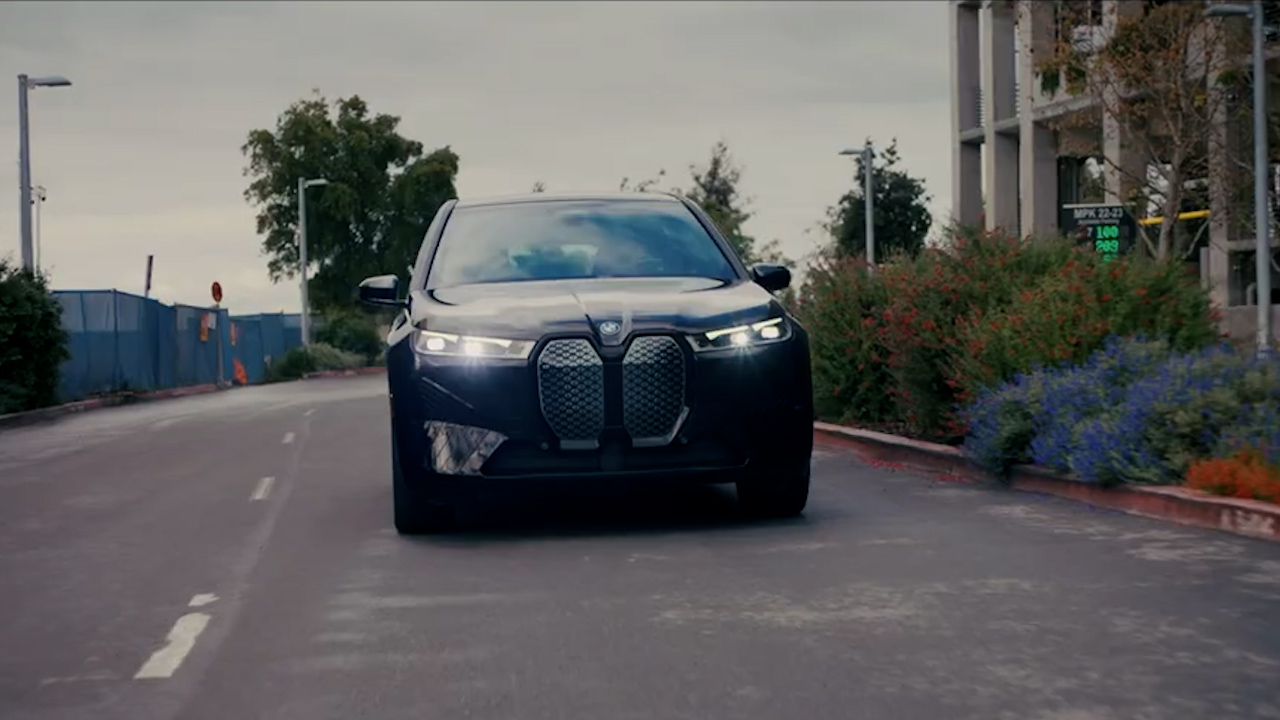Last week, Mark Zuckerberg announced that Meta and the BMW Group have partnered to develop a research project focused on the integration of virtual and augmented reality (AR) into vehicles.
The partnership, which was first announced in 2021, aims to explore how this technology could be used to enhance passenger and driver experiences.
This isn’t the first time we’ve seen VR technology used in passenger cars. Holoride has already begun offering its own version of in-car VR entertainment. That said, in-car VR technology still features its fair share of limitations. For instance, if the device is moving while the car is moving, it might get confused and display unstable content.
Navigating a few speed bumps
The mismatch between the current generation of VR headsets and the design of vehicles has prevented stable virtual content from being displayed inside a car when it’s moving.
This issue has been a problem for the automotive industry for a long time, and the folks at Meta Reality Lab collaborated with the BMW team to resolve it. Through this partnership, they were able to create a solution that accurately anchors virtual objects to the car and integrates the data collected by a BMW car’s sensor array into its Quest Pro tracking system.


This solution allowed them to accurately anchor a virtual object to the car by leveraging data from Meta’s Aria research glasses and demonstrate the use of Meta’s new tracking system and the Meta Quest Pro in cars with MR and VR experiences. The next step was to add the car’s location to the system so that it can be rendered in a world-locked manner.
Exciting results
“Our research prototype shows that we can enable entertaining and comfortable passenger experiences that are anchored to the car itself, including VR and mixed reality gaming, entertainment, productivity, and even meditation capabilities,” said Richard Newcombe, Vice President of Research Science, Reality Labs Research, in an official release.
“The technology has the potential to transform how we can safely interact with our environment while traveling, and as we progress into reliable world-locked content on the road to AR glasses, we’re hopeful it will be possible for passengers to see things like markers for landmarks, restaurants, places of interest and more.”
The future looks bright
It’s too early to tell exactly when the technology will be available in cars. That said, the BMW Group believes that it could be used to improve the passenger experience. For instance, it could be used to help the driver locate their car in a parking lot and alert them to potential hazards.
Claus Dorrer, Head of BMW Group Technology Office USA in Mountain View, said “The implications of future AR glasses and VR devices — for passengers as well as drivers — are promising. The research partnership with Meta will allow us to discover what immersive, in-vehicle XR experiences could look like in the future and spearhead the seamless integration of such devices into cars.”
Meta and BMW are working together to develop new use cases for its in-car technology. One of these is the ability to access the car’s 6D positioning system, which could allow the virtual content to be displayed outside the vehicle. This could be useful for developing AR glasses and AI assistants.
The potential of this technology to transform travel will help shape the future, as it could allow us to experience new forms of utility and communication without the need for screens or instruments.
To learn more about the project, please refer to Meta’s official blog post or check out the press release issued by BMW.
Feature Image Credit: Meta
The post Meta & BMW Are Taking In-Car XR To The Next Level appeared first on VRScout.






